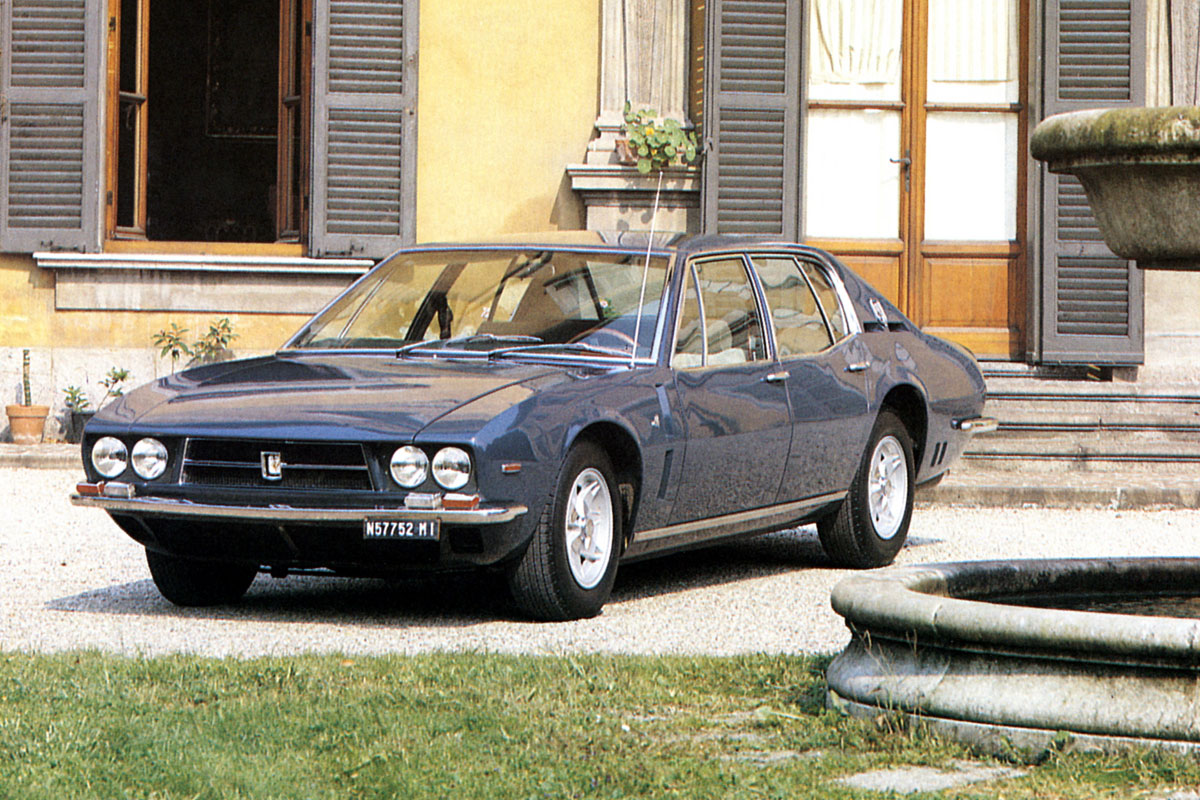Imagine it’s the late 1960s and you’re a successful businessman. You have deep pockets to spend on some extravagant transport, so what’s it going to be? One of the magnificent new XJ6s from Jaguar? Perhaps a Mercedes 300SE? Or, if things are going really well, maybe a Rolls-Royce Silver Shadow or Bentley T1? All excellent and worthy choices, but perhaps a bit obvious. If you wanted something truly expensive but also left-field, an Iso Fidia was just the job.
We’ve covered the exploits of Iso before, when we introduced you to the Rivolta last year. That was a two-door GT which died in 1970, largely superseded by the Fidia that was launched in autumn 1967. When Iso company founder Renzo Rivolta died suddenly in 1966, his son Piero took the helm and expanded the range by offering no fewer than four different models, all using much the same running gear: Grifo, Rivolta, Lele, and Fidia.

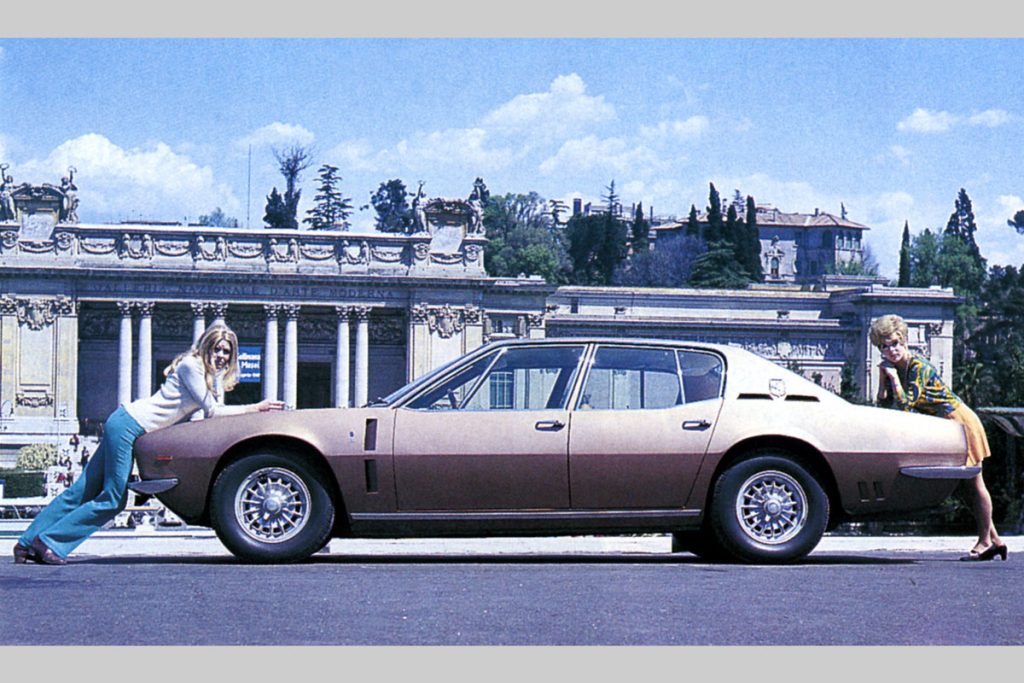
Piero Rivolta had seen the relative success that Maserati enjoyed with its Quattroporte luxury saloon, and he rather fancied a slice of the pie, even though it was a small one. The result was a car built around a traditional tubular chassis with de Dion rear suspension and a disc brake at each corner. Power was initially courtesy of a 5.4-litre Chevrolet small-block V8, although contract disputes with GM at the end of 1971 led Iso to switch to a 5.8-litre Ford V8. Whichever engine was fitted, there was the prospect of 0–60mph in about eight seconds and a 140mph top speed.

The Fidia was unveiled at the 1967 Frankfurt motor show as the Rivolta S4, designed by Giorgetto Giugiaro while working for Carrozzeria Ghia; it was marketed as ‘Le quattro poltrone piu veloci del mondo’ (The four fastest seats in the world). Now the design looks rather dated with its slab sides and bluff front, but 57 years ago it was ultra-modern thanks to its Coke-bottle hips and generous glazing area. Fun fact in the case of the latter: When it was introduced, the Fidia featured the world’s largest windscreen ever fitted to a production car. Sadly, that wasn’t enough to make it appealing.
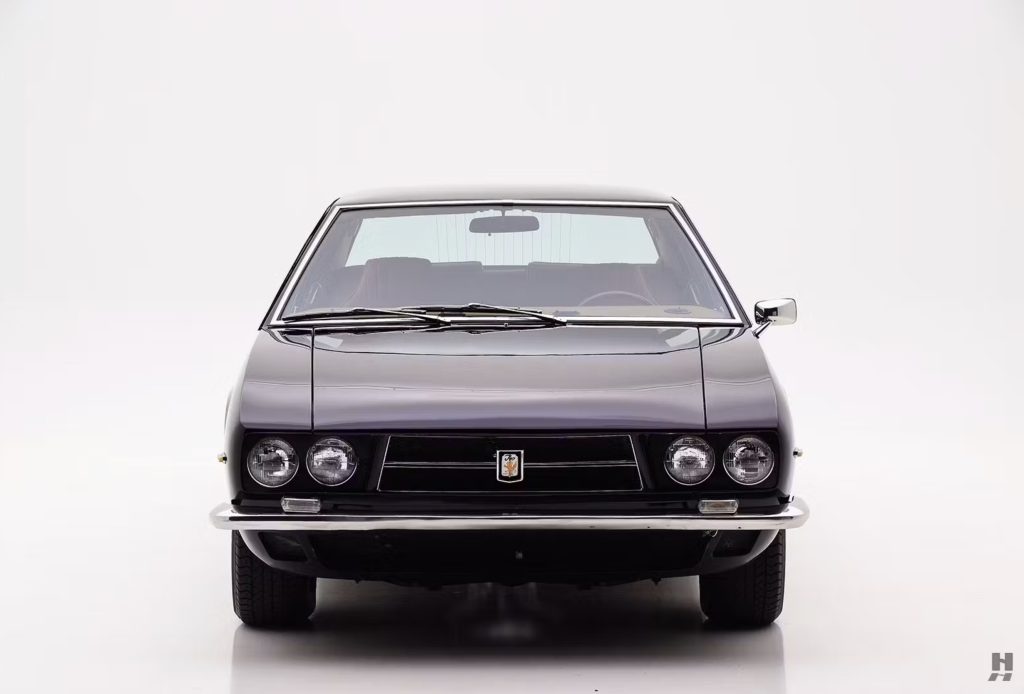
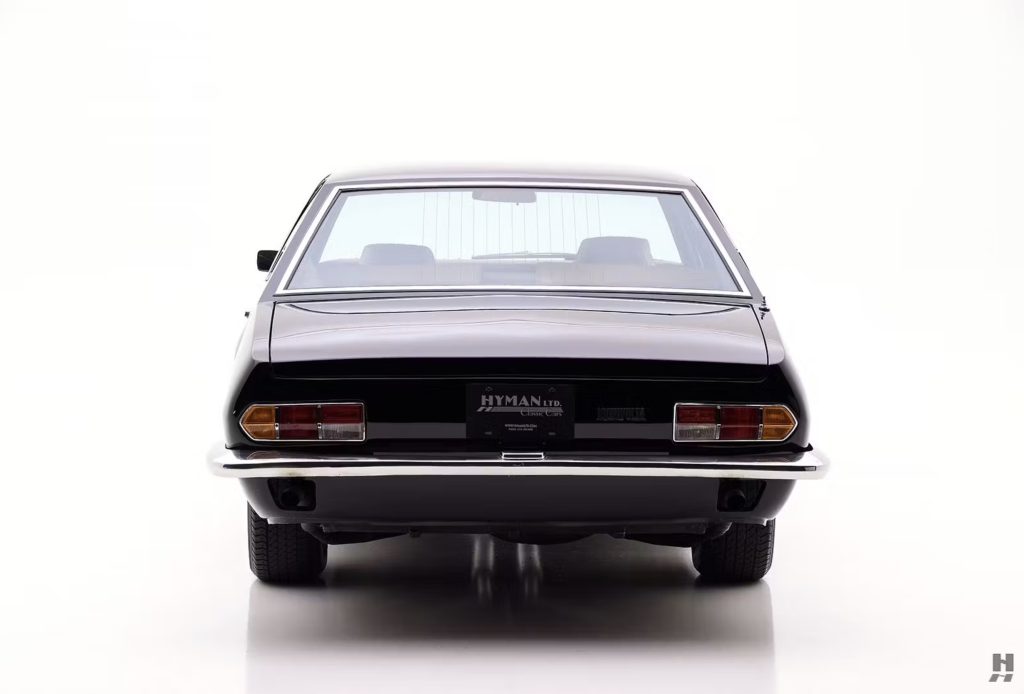
When Road & Track tested the Fidia in 1969, its verdict was damning, with an opening line that ran “Brilliant conception with much lost in the execution.” Priced at $14,300, R&T was distinctly unimpressed with the Fidia’s cabin: “The finish of the S4, inside and out, simply is not up to par for a five-digit price tag. In fact, we would consider it unacceptable in a $5000 car. Most annoying features were the old-fashioned mohair upholstery (we thought they’d used all that up in the 1942 Chevrolets), the stark trimmings inside, the dingy and ill-fitting carpets and so forth. Crash padding along the instrument panel top is a dangerous joke; soft metal stretched over a sharp metal edge.
“The test car’s doors didn’t fit well, the right sun visor wouldn’t stay up, the Ducellier window lifts are impossibly slow, and none of the windows can be lowered completely out of sight. Weatherproofing is almost as bad. The windshield wipers have the most ridiculous excuse for a wipe pattern we ever saw: one of our drivers, only 5’ 9” tall, found himself looking straight ahead over the top of the wiper sweep in a rain storm. The heater (from which we could get no heat), though apparently sharing the air-conditioner’s 3-speed blower, only gets one speed for itself, and the A/C itself is no model of generous cooling capacity.”


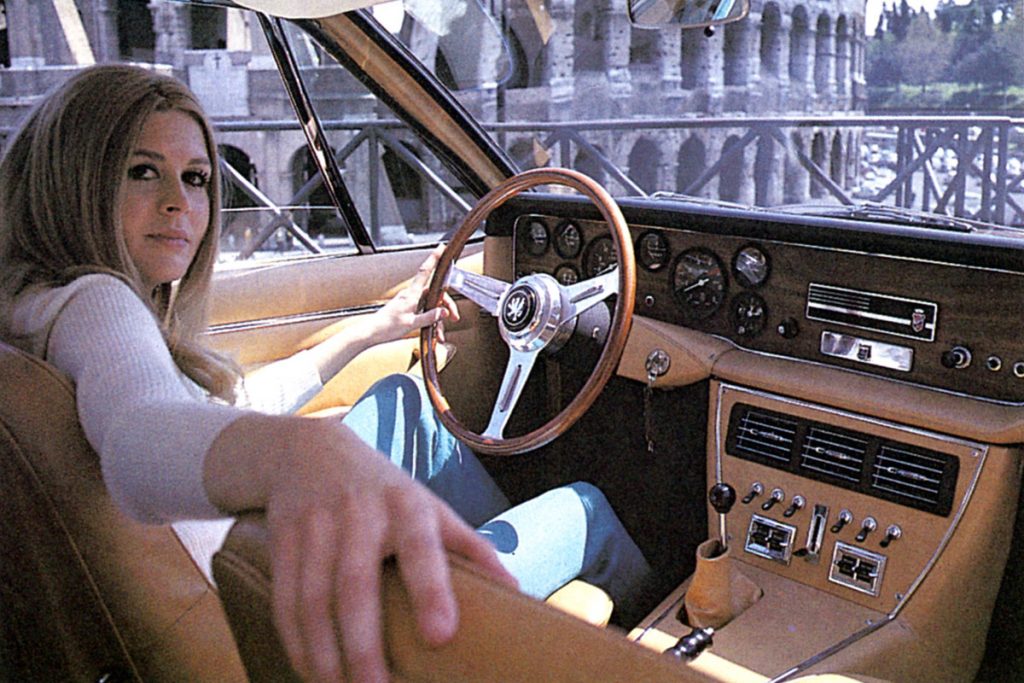
Suddenly, those more mainstream luxury cars were looking a lot more appealing, but it wasn’t all bad. Road & Track did also have this to say: “The S4 is at its best in long-distance touring. Its 26.4-gallon fuel tank gives it a range of nearly 400 miles between fuel stops; its relaxed engine, superb directional stability and good stopping capabilities impart confidence and serenity.” But then it was back to the Fidia’s (many) faults: “But it is not as serene as it should be, for its front doors leak air and its final drive makes quite a hum. The Iso is certainly not on good behavior around town; the steering, though precise, is best classified as Armstrong and takes 4.75 turns lock-to-lock and the turning circle is all of 41 feet! We understand power steering is on the way – it’s needed badly.”
Stung by such harsh criticism, and with warranty claims quickly piling up because of the abysmal quality throughout, Iso soon halted production of the Rivolta S4, after either 15 or 45 cars had been made, depending on who you believe. Those cars were given back to Ghia to be rectified, but the quality was no better, so cutting his losses Piero Rivolta brought production in-house, working with local coachbuilder Otocar. The car’s structure was stiffened up to improve panel fit, the interior was given a complete makeover with new seats and a fresh dashboard design, and a great deal of soundproofing was added to quell the amount of road noise entering the cabin. So significant were all the changes, the Rivolta S4 was given a new name: Fidia, after the Greek sculptor Phidias.

Just four months after that damning review from Road & Track, the same magazine revisited the revamped Iso and was far more impressed. “The Fidia interior is of a much higher quality, while the spring rates have been changed to give a better ride without sacrificing road holding. Also, the fitment of nylon bushes in the half-shafts minimize noise levels.”
Within months Iso moved to a new factory, and there were further tweaks to make the Fidia more competitive. But the company was struggling and part of it was sold off, which led to Piero Rivolta walking away in 1972, not long before the oil crisis hit in ’73. Add in a disastrous dalliance with Formula 1 when the Iso-Marlboro F1 team was created in conjunction with Frank Williams, and it was no surprise when Iso closed down at the end of 1974, with the last car to leave the factory being a Fidia.
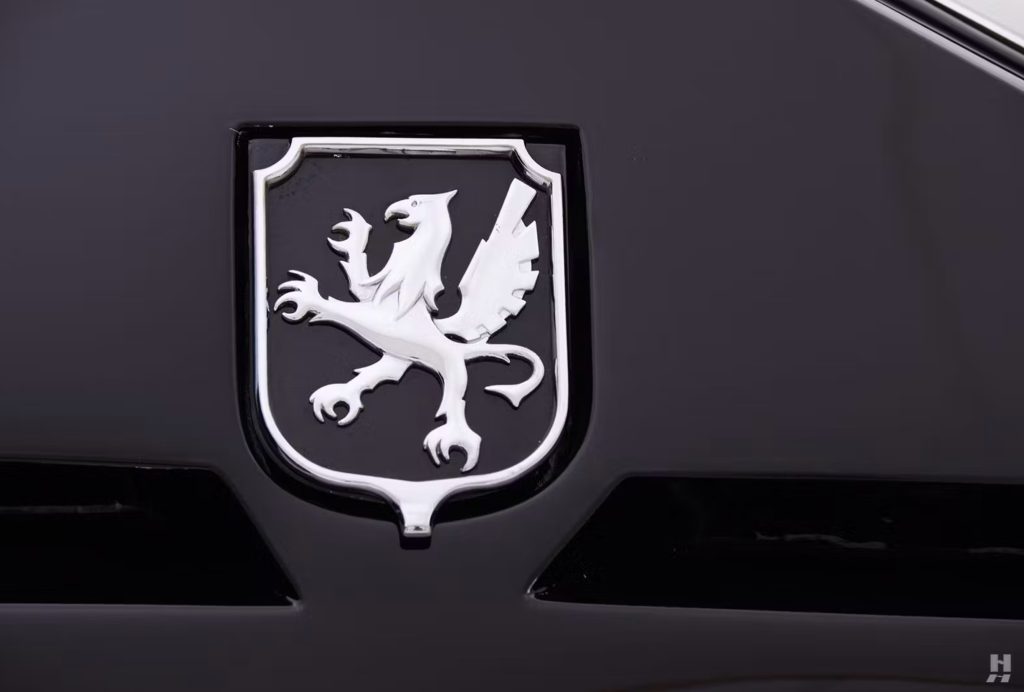

Iso didn’t make any model in significant numbers, but the Fidia, its only four-door car, was especially unusual. This sporting luxo-barge had cost more than a Rolls-Royce Silver Shadow and in some ways it’s amazing that Iso managed to make as many as 192 Fidias between 1968 and 1974, with the likes of John Lennon, Sonny Bono, and Pete Townshend all owning one at some point. Lennon clearly didn’t mind taking a chance: He snapped up the second Fidia made and the first right-hand-drive example, although thankfully it wasn’t treated to a psychedelic paint job.
